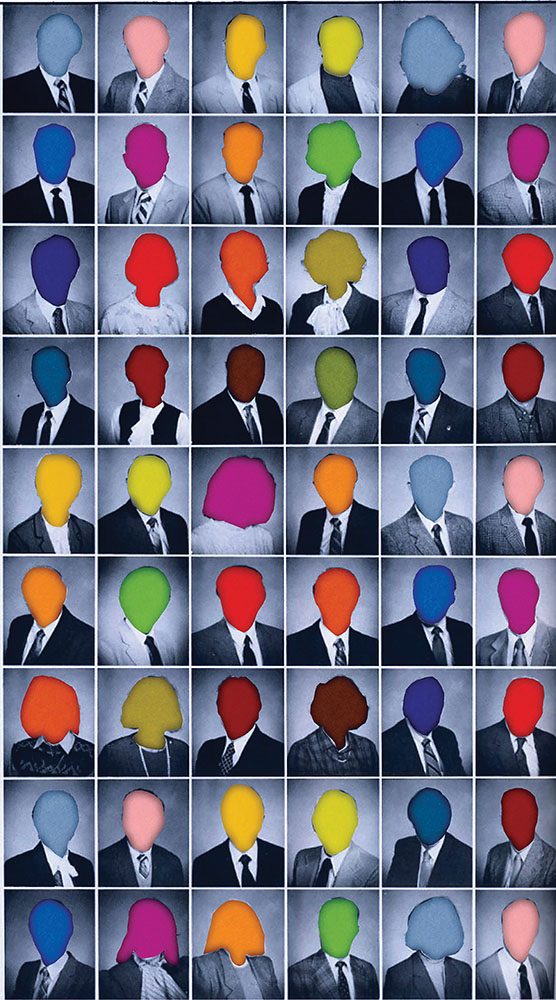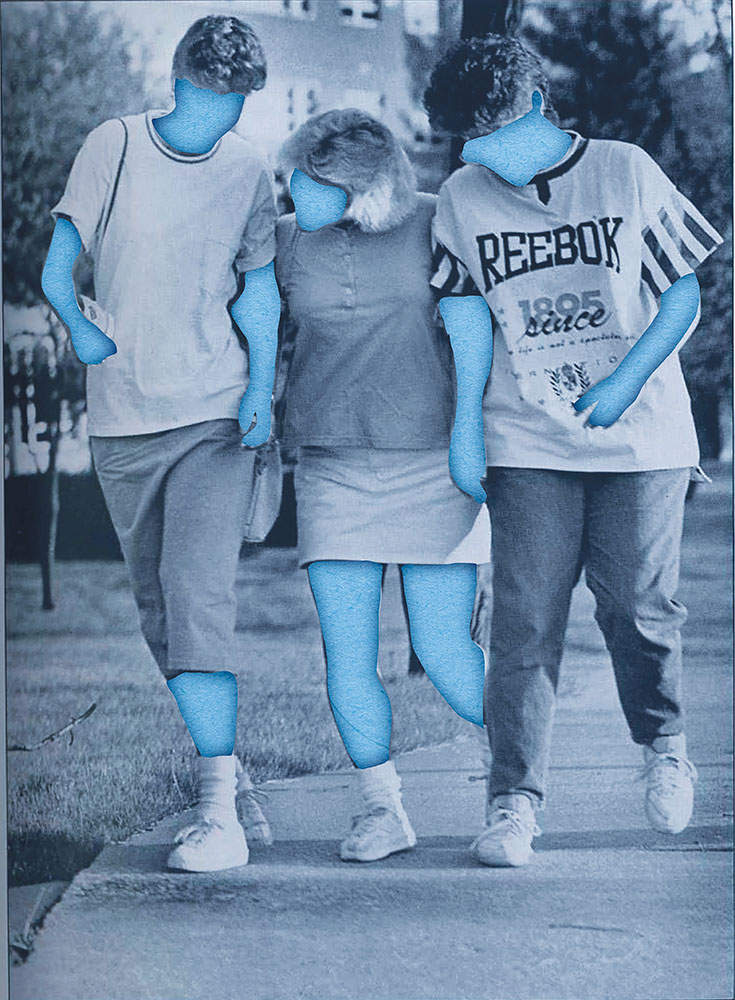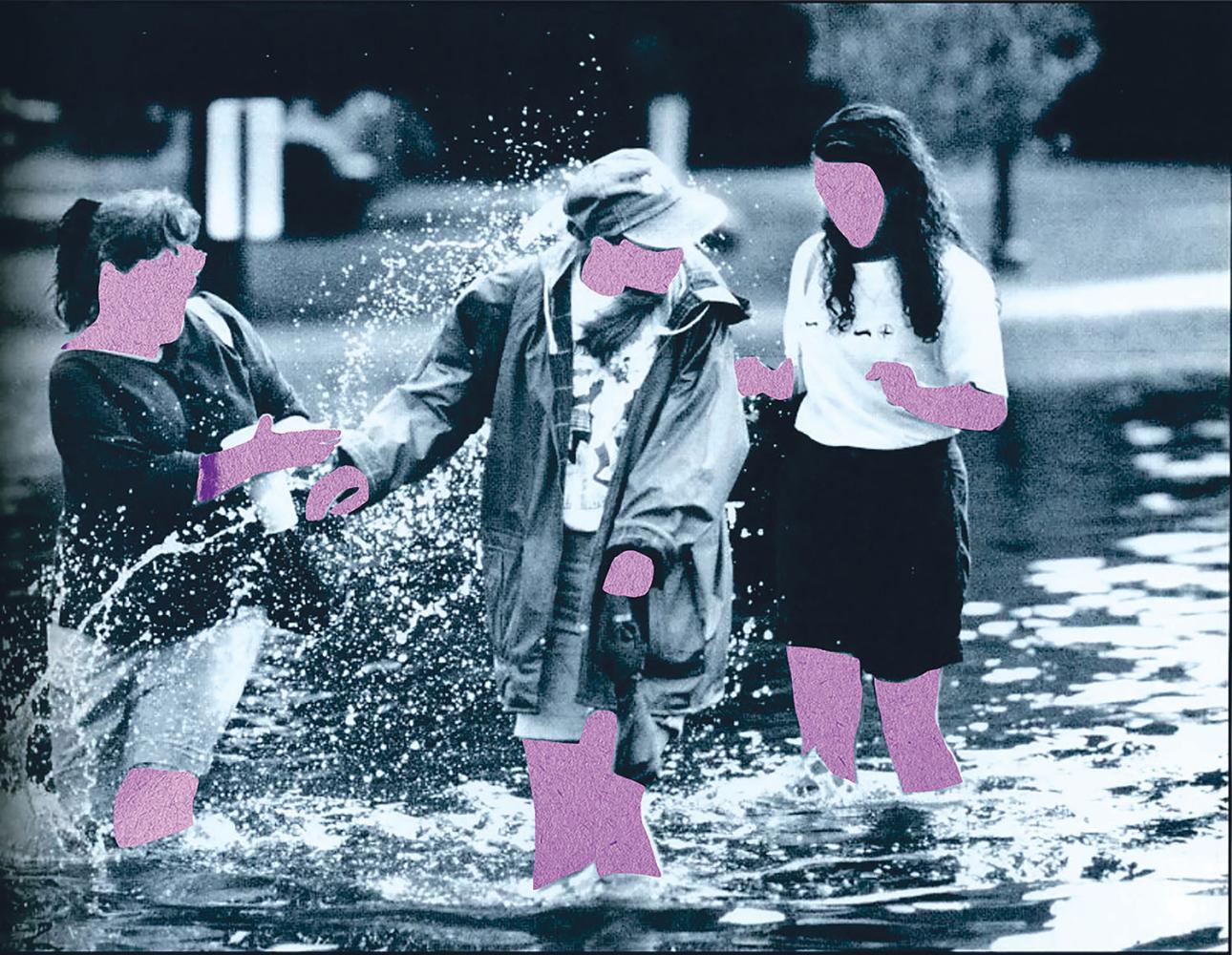Idealistic body types have gone through cycles throughout history. From the model-thin look of the ‘90s to the body positivity movement and America’s obsession with the Kardashians, the desired body type changes consistently.
This can lead to body image issues, according to the National Institutes of Health.
Rick Grieve is a psychology professor at WKU who researches eating disorders and muscle dysmorphia. Muscle dysmorphia is a subcategory of body dysmorphic disorder where a person has a “pathological preoccupation” with muscles and leanness, according to the National Institutes of Health.
“We’ve known for a long time that there are societal pressures for women to look a certain way,” he said. “For a long time, people thought that men never had these types of pressures.”
Grieve said body standards tend to come from people seen on television and in movies. For men, the 1980s shifted the pressure regarding men’s body types with actor Arnold Schwarzenegger’s rise to fame following the “Terminator” and “Predator” series.
“They came out with these movies, and everybody says, ‘These guys are ripped; I gotta look like that,” Grieve said. “That’s when we start seeing … a lot more pressure on men to actually obtain a specific kind of appearance.”
As people get older, they accept more of what they look like, Grieve said.
“We might not like it, but we’re not going to do a lot to change how we physically look,” he said.

Christian Butterfield is a junior from Bowling Green. He writes as a means to express struggles with body images and dieting.
“There’s this very stock narrative that we hear. I think commonly it’s like, you’re like a young woman who doesn’t eat a lot and people can very visibly tell,” Butterfield said. “That’s when it’s a crisis. And then we just don’t recognize other forms of disordered eating, which makes it really disorienting to recognize it within yourself.”
Disordered eating is a term used to describe a wide range of harmful eating habits, whereas an eating disorder is considered a mental illness with a specific criteria for diagnosis, according to Equip Health.
Butterfield, who is gay, said he believes there are stronger standards for gay men compared to straight men.
“When you’re a gay man, you see other people, maybe like in the dating pool, or it’s easy to do that kind of comparison of bodies to each other,” Butterfield said. “Do you want to be with them or be them?”
Butterfield wrote a piece titled “Blue Whale Challenge” for the Kenyon Review, a literary journal at Kenyon University in Iowa, in which he describes his experience following the ketogenic diet. The “keto” diet is where a person limits their daily carb intake to typically under 50 grams, according to the Mayo Clinic.
“What it became more about for me, it was about wanting to feel desirable. It was about wanting to feel, like, in control of myself,” he said. “It was about wanting to feel like I was released from an addiction.”
Eimy Esparza is a senior from White House, Tennessee. She said she struggled with disordered eating throughout the pandemic.
Esparza is a member of Campus Warriors, a new campus organization through the National Eating Disorders Association. The group provides resources and a community to people struggling with disordered eating, according to its Instagram.
“Even though everybody has a different experience about it, it’s kind of like we’re all in the same boat,” Esparza said. “We just want to get better. We just don’t know how to start.”
Esparza said distancing herself from her loved ones was the point where she realized she needed help.
“You start, like, drifting away from people that you love,” Esparza said. “They stop asking you to go out because they’re like, ‘Oh, she’s never gonna want to go anyways.”
She said this led her to realize she needed to get better.
“You start feeling lonely,” she said. “And I feel like that’s when you’re like, ‘I don’t want to do this anymore.’ And that kind of breaks you out of it.”

Social media platforms – especially TikTok as it is heavily used by younger people – allow for people to promote body positivity while others create content encouraging undereating, Esparza said.
“It’s kind of like we’re trying to gear towards, like, body positivity and everything. So I think doing that is awesome,” Esparza said. “But at the same time, you know, you still have people who label things as skinny or, ‘Do this workout, and you’ll be skinny in 30 days.’”
In addition to social media, fashion trends play in the role of shifting body trends.
Historically, fashion can be an indicator of the standards set on bodies. In the 1950s, the hourglass body type became popularized when Marilyn Monroe starred on the silver screen, according to Cosmopolitan. But 30 years later, in the 1980s, 6-foot-tall Australian supermodel Elle Macpherson landed on the cover of the Sports Illustrated swimsuit issue. In 1989, she was nicknamed “The Body” by Time magazine.
Shura Pollatsek is a costume design professor at WKU. Pollatsek has done historical costumes for television shows like “The Duel” and “Woodrow Wilson,” which are a part of the “American Experience,” series on PBS.
“It’s difficult to say whether fashion is influenced by body standards or vice-versa, but they probably influence each other interchangeably,” Pollatsek said. “(Historically), people were trying to look different than they naturally were.”
She said the fashion industry has focused more on body positivity and also gender inclusivity in recent years. While there were some body positivity efforts seen as early as the 1960s, the most recent resurgence happened in the 2010s when people took to Instagram about celebrities posting edited photos of themselves.
“Fashion has gotten faster and faster in terms of how it changes,” Pollatsek said. “Starting maybe in the ‘90s and certainly going in the 2000s and later there started to be just like multiple trends that are at the same time.”
The way body types impact people can be detrimental to someone’s mental health, said Karl Laves, the associate director of the WKU Counseling Center. Laves said he believes that body types go through cycles, whether it’s shaving trends or what’s deemed a desirable figure.
“Once, women didn’t shave much because it was a pain and used up materials that were, back then, expensive or hard to obtain,” he said. “Then they started shaving, and hair on a woman was considered gross. Then they stopped again.”

Reducing social media usage is proven to improve body image, according to the American Psychological Association.
Laves believes that while social media doesn’t create body image issues, it can amplify existing ones, because people’s struggle with their body image occurred prior to widespread social media usage.
“It amplifies by making it literally in the hands of anyone with a phone,” Laves said. “Some would argue that social media might have a negative effect simply because it presents more information than a person can process. I disagree as most of what is presented in social media is the same old thing: Look at me; buy this; watch me do this; get one of these.”
While Laves doesn’t use social media and said he is oblivious to body trend figures like the Kardashians, he feels that it is easy to compare oneself to others.
Despite media platforms and the fashion industry, Pollatsek feels that society is working to be more inclusive.
“I think we’re hopefully moving towards where more different body types are considered attractive or fashionable,” Pollatsek said. “As more body types are considered something people would want, I think more different types of clothing are designed to go with those different kinds of body types.”


